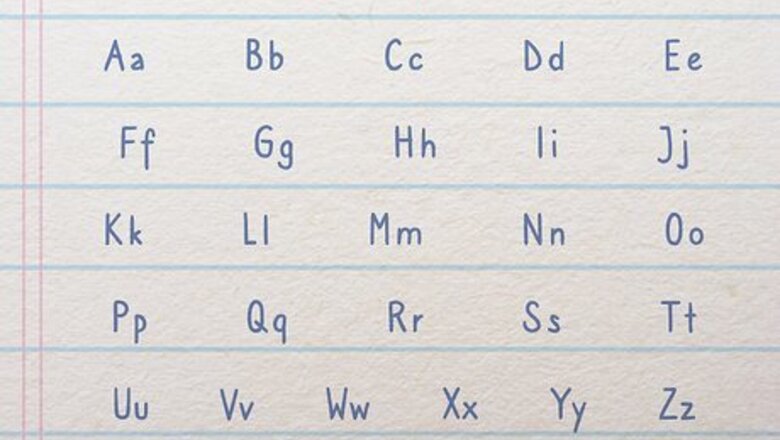
views
Mastering the Basics
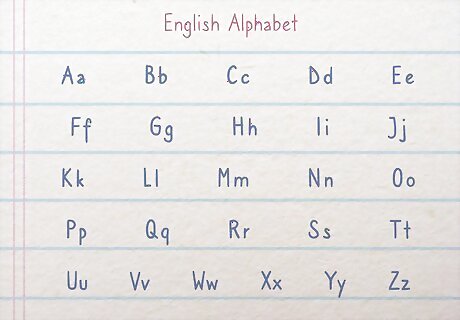
Begin with the alphabet. The alphabet is where reading begins. The 26 letters that make up the English alphabet are used to form all of the words in the English language, so this is the place to start. There are several ways to get familiar with the alphabet; pick the one that suits you and your learning style.
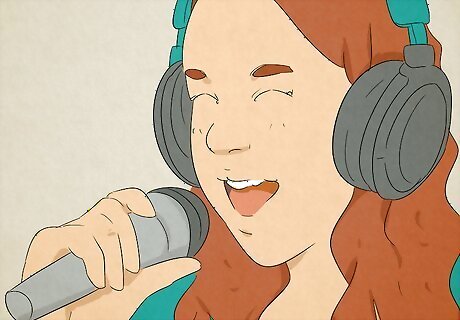
Sing the alphabet. It may seem silly, but there's a reason so many people have learned the alphabet by singing the “alphabet song”--it works. The melody aids in memorization and the song as a whole gives learners a picture of the entire alphabet and the relationship between letters. You can listen to the alphabet song online or get someone you know to sing and record it for you so that you can listen to it over and over again as you learn it.
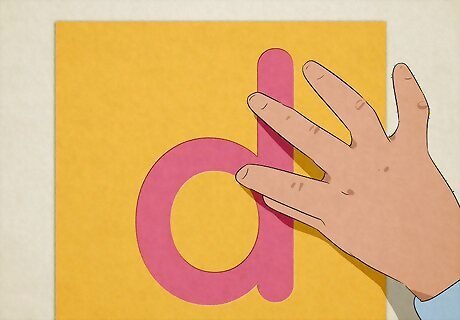
Use sandpaper letters. Pick up some sandpaper letters if you're a hands-on learner. Look at one of the sandpaper letters and then close your eyes. Trace your fingers over the letter and repeat the name of the letter and its sound. When you're ready, pick your finger up off the sandpaper and write the letter in the air.

Practice with alphabet magnets. Pick up a set of alphabet magnets as a way of learning the individual letters as well as the way they're sequenced in the alphabet. Later, you can reuse these letters to practice forming words.
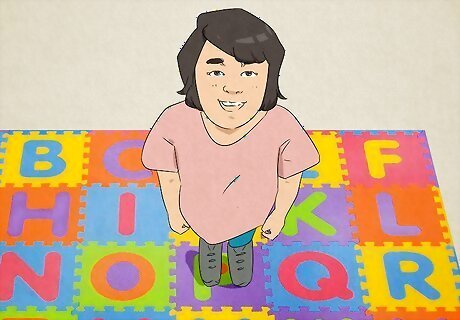
Use an alphabet mat. If you have the room, try using an alphabet mat as a learning tool. Say each letter and its sound as you step on that letter on your mat.
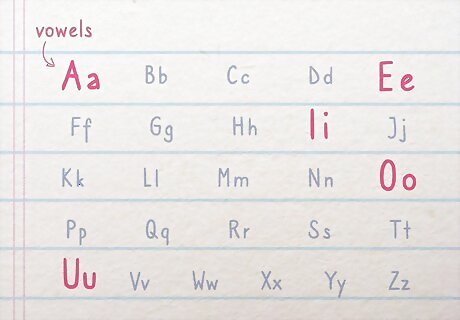
Distinguish vowels from consonants. There are five vowels in the alphabet: a, e, i, o, u; the rest of the letters are called consonants. You make vowel sounds in your throat with the help of your tongue and mouth while you form consonants by using your tongue and mouth to control the flow of your breath. Vowels can be spoken alone, but consonants can't. For example, the letter A is simply "a" but B is actually "bee," C is "see," D is "dee" and so on.
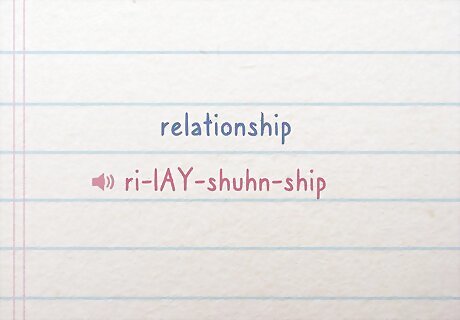
Use phonics. Phonics is all about relationships, specifically the relationships between letters and sounds in a language. For example, when you learn that the letter C sounds like "sa" or "ka" or that “tion” sounds like "shun", you're learning phonics. Find an approach that makes sense to you. Phonics is typically taught in one of two ways: by what's called a see-and-say approach in which you learn to read whole words or a syllable approach in which you learn how to sound out different letter combinations and put them together to form words. To learn phonics, you must hear the sounds of the syllables and/or words. To do that, you need to find an online program, purchase or borrow a DVD from your local library or work with a family member, friend, tutor or instructor who can help you learn the sounds created by various letter combinations and what those look like written out.

Recognize punctuation marks. It's important to know what common punctuation marks indicate when you're reading because they can offer information about sentence meanings. Comma (,). When you see a comma, you're meant to pause or slightly hesitate when you're reading. Period (.). A period indicates the end of a sentence. When you reach a period, come to a complete stop and take a deep breath before continuing to read. Question mark (?). When you ask a question, your voice goes up. When you see ? at the end of sentence, a question is being asked, so make sure your voice rises when you're reading. Exclamation point (!). This mark is used to emphasize an important point or to grab attention. When you read a sentence that ends with !, be sure to sound excited or to strongly emphasize the words.
Starting to Read
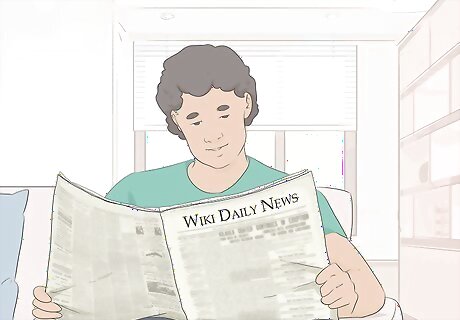
Choose meaningful reading material. Since the best readers read with a purpose, it makes sense for you to begin with materials you want to or need to read in your everyday life. These can include things such as short and simple newspapers and magazine articles, work memos, schedules and medical instructions. Be sure to choose texts that match your reading level. Try reading books that really interest you.
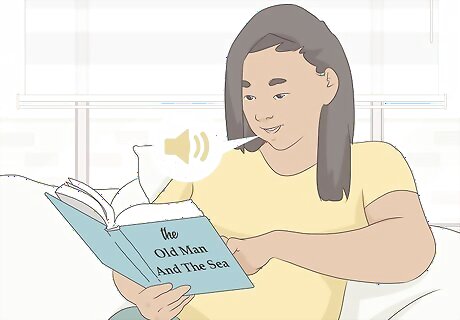
Read aloud. The best way to get familiar with the words on the page is to say them out loud. Working with a teaching partner, "sound out" unfamiliar words and use the pictures, verbal explanations and context to figure out the meaning of the new words.
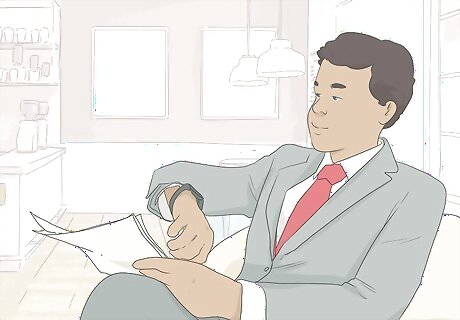
Make time to read. Reading often and for sustained, uninterrupted periods of time will help you develop vocabulary and become a more proficient reader. Set aside specific amounts of time each day to devote to reading. Keep track of what you read and for how long by creating a reading log.
Learning Reading Strategies
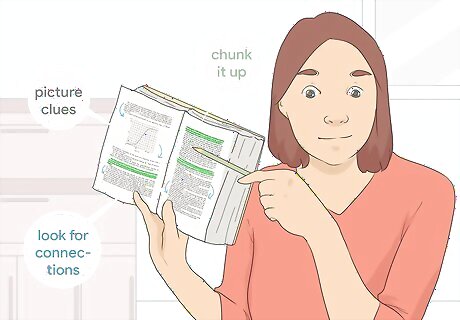
"Attack" the words. Word-attack strategies can help you figure out the meaning and pronunciation of unfamiliar words by taking on those words piece by piece and coming at them from different angles. Look for picture clues. Check out the photos, illustrations or other visuals on the page. Explore what's in them (people, places, objects, actions) that might make sense in the sentence. Sound out the word. Starting with the first letter, say each letter-sound out loud slowly. Then repeat the sounds, blending them together to form the word and considering if the word makes sense in the sentence. Chunk it up. Look at the word and see if you can pick out any sound/symbols, prefixes, suffixes, endings or base words that you already know. Read each "chunk" by itself and then try blending the chunks together and sound out the word. For example, if you know that "pre" means "before" and "view" means "to look at," you could figure out that "preview" means "to look at ahead of time" if you approached the word by breaking it up into those two chunks. Look for connections. Consider whether the unfamiliar word bears any resemblance to a word you might already know. Ask yourself if it's a chunk or a form of the unfamiliar word. You could also try using the known word in the sentence to see if it makes sense; it could be that the meanings of the two words are close enough for understanding.
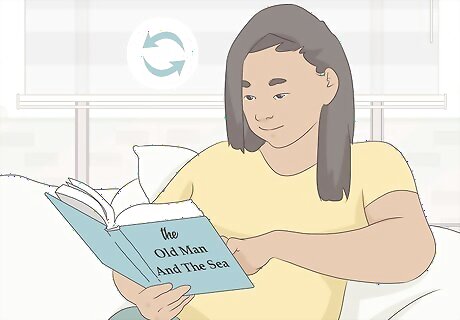
Reread. Go back over the sentence again. Try substituting different words for the word you don't know and see if any of your ideas make sense.
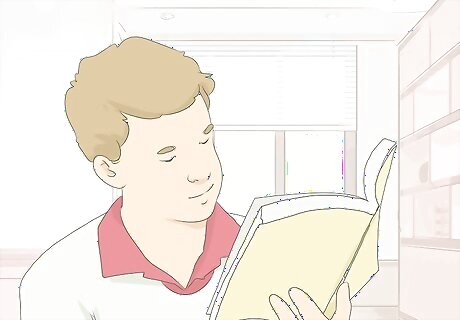
Keep reading. Rather than getting stuck on a word you don't know, read past it and look for more clues. If the word is used again in the text, compare that sentence to the first and brainstorm as to what word might make sense in both.

Rely on prior knowledge. Take into account what you know about the topic of the book, paragraph or sentence. Based on your knowledge of the subject matter, is there a word that might make sense in the sentence?
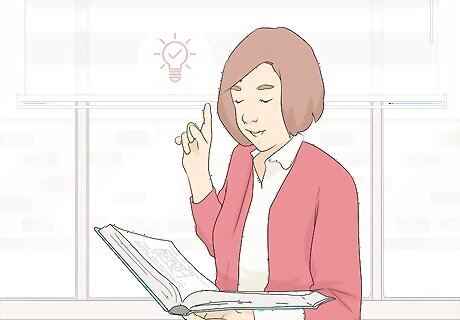
Make predictions. Look at the pictures, table of contents, chapter headings, maps, diagrams and other features of your book. Then, based on what you saw, write down what you think the book will be about, what kinds of information might be included. As you read, keep updating your predictions based on what comes up in the text.
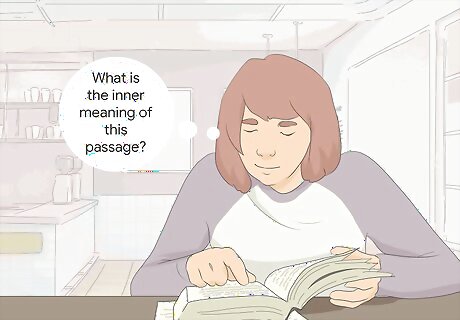
Ask questions. After reviewing the title, chapter headings, images and other information in the book, write down some questions you might have or things you're now curious about. Try to answer these questions as you read and write down the answers you find. If you're left with questions, think about whether you could find those answers from some other source.
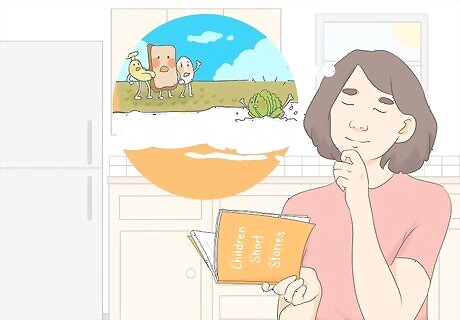
Visualize. Think of the story you're reading as though it were a movie. Get a good mental image of the characters and the setting and try to see the story unfolding in time and space. Identify and describe what's happening by making sketches, diagrams or cartoon-style grids.

Make connections. Ask yourself if there's anything about the story you can relate to. Do any of the characters remind you of someone you know? Have you had similar experiences? Have you learned some of the concepts discussed in the book at school, home or through your own life experiences? Does the style of the story resemble a style you've read before or a movie or television show you've seen? Write down any similarities you come up with and use them to help with your understanding of the text.
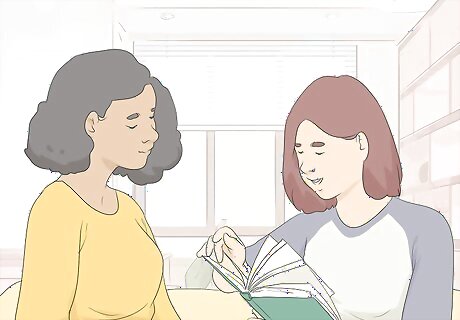
Retell the story. One helpful way to ensure that something you've read makes sense to you is to talk through it with someone else. Once you've finished a paragraph, article, short story or chapter, sum up in your own words what it was about. Hearing yourself say it out loud and discovering if the person on the receiving end has questions you can or can't answer can point out any gaps in your understanding and what you might need to reread for greater clarity.
Getting Help
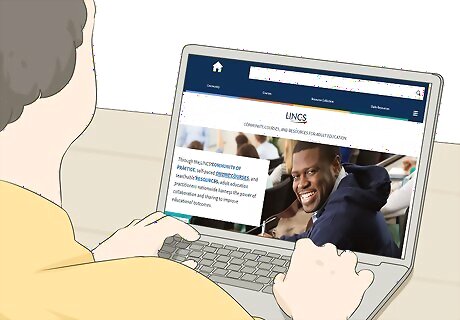
Access LINCS. The Literacy Information and Communication Service is an online resource sponsored by the U.S. Department of Education. By accessing their website, you can see a list of literacy programs in your specific geographic area. Many of the programs listed are free, but you need to read the details of each listing to be sure.

Contact your local library. Many libraries offer free literacy programs that pair learners or small groups of learners with a trained literacy tutor. These programs are free of charge and are typically offered on an ongoing basis so you don't have to wait for a certain start date to begin instruction.
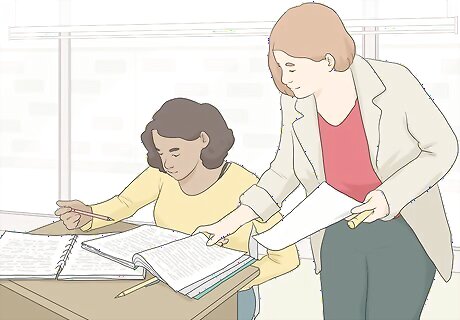
Explore community-based services. Check with your local YMCA, church, public school or other community group to see if they sponsor a literacy program or if they can pair you with someone who'd be willing to help you improve your reading skills.
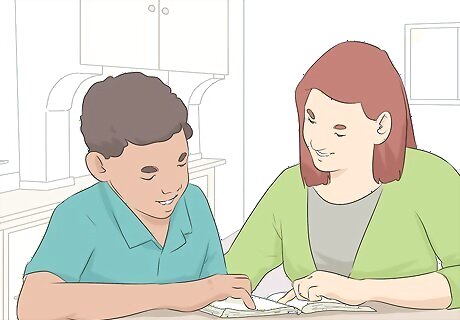
Get tested for learning disabilities. It could be that you've had difficulties learning to read because you suffer from a learning disability. For example, dyslexia, a learning disability characterized by difficulty in interpreting spatial relationships or integrating auditory and visual information, is the most common learning disability and affects about 10 percent of the population. Having a learning disability does not mean you won't be able to learn how to read, it just means you may have to use special tools or customize the process by which you learn.




















Comments
0 comment